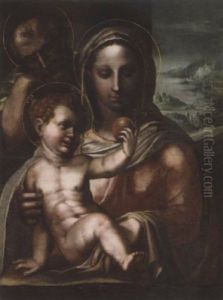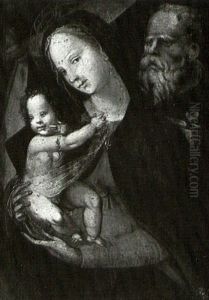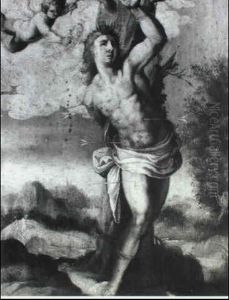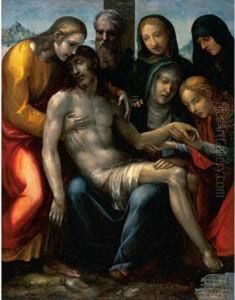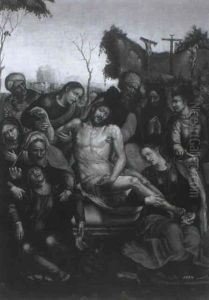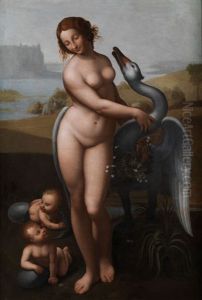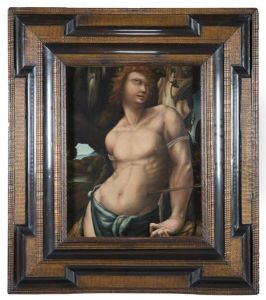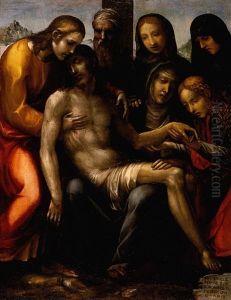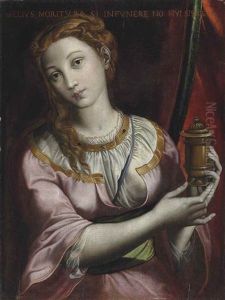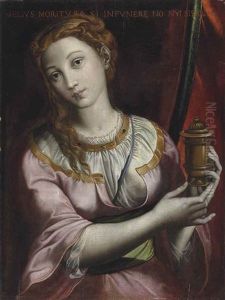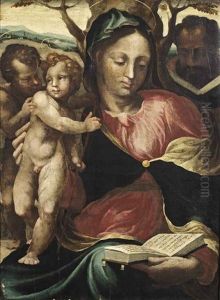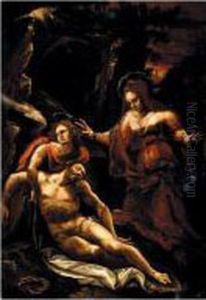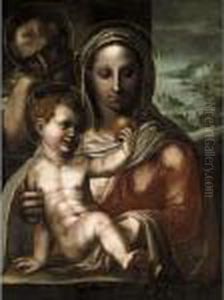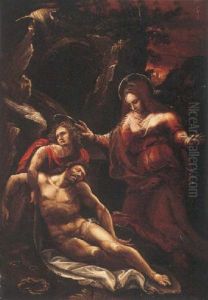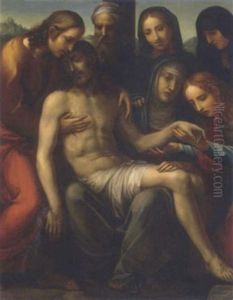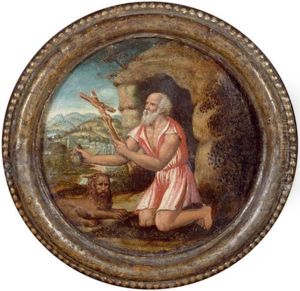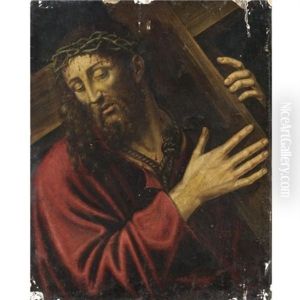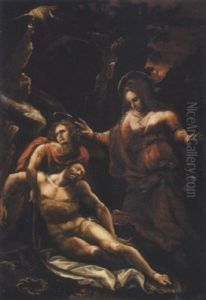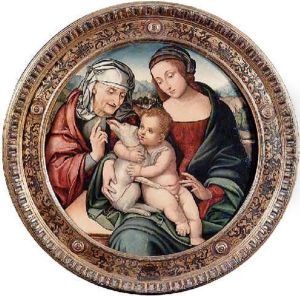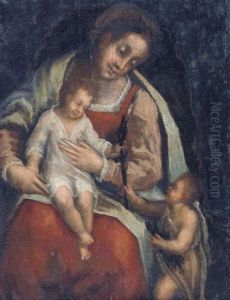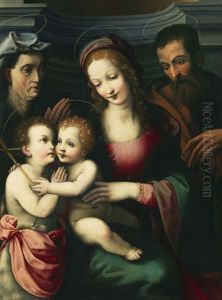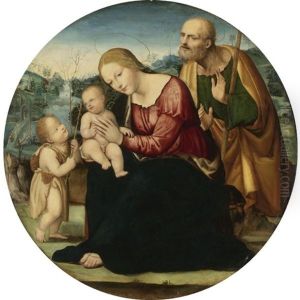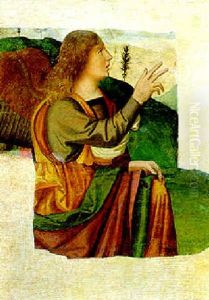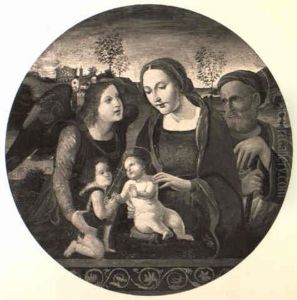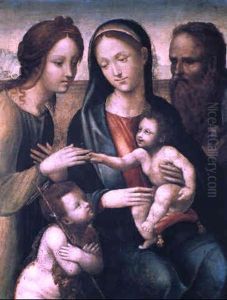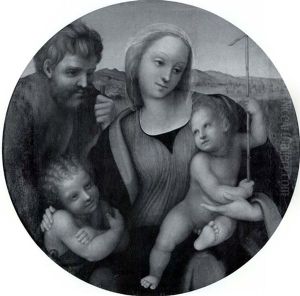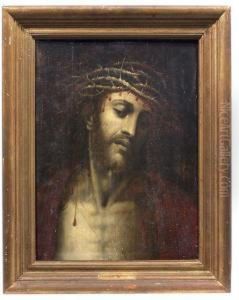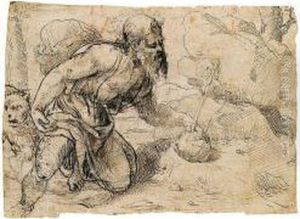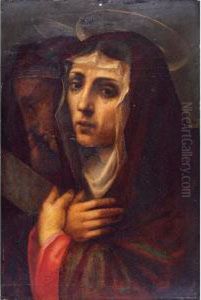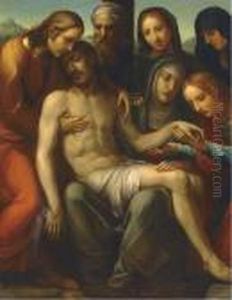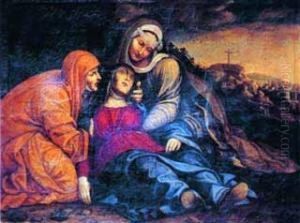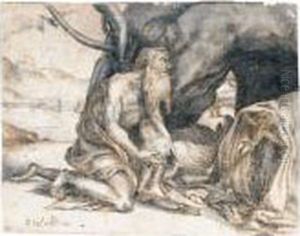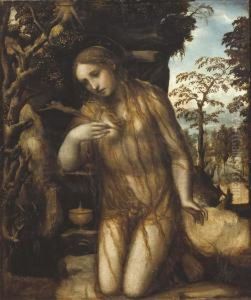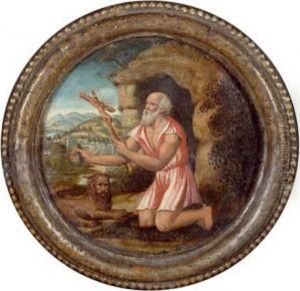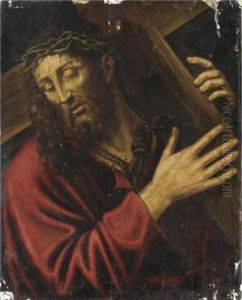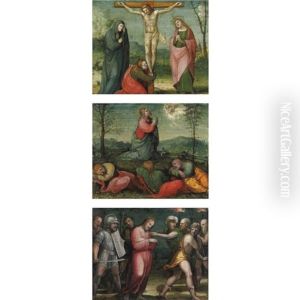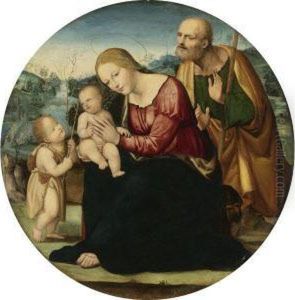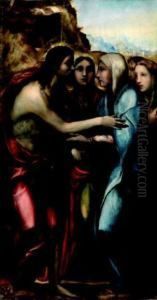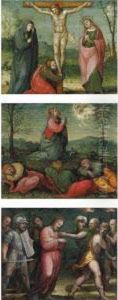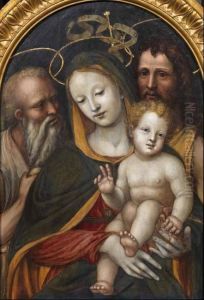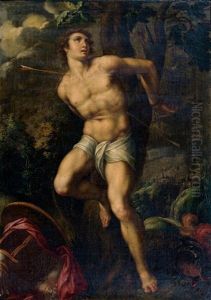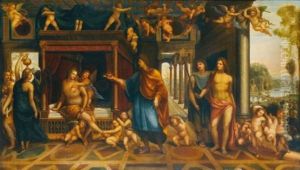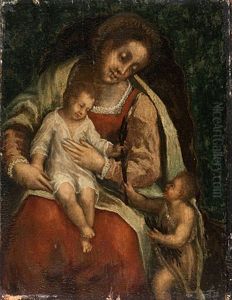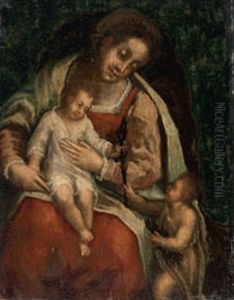Sodoma Paintings
Giovanni Antonio Bazzi, known as Il Sodoma, was an Italian painter of the High Renaissance, notable for his vivid and often sensuous depictions. Born in 1477 in Vercelli, Piedmont, Sodoma's early life is somewhat obscure, but it is known that he moved to Milan in his youth, where he was likely exposed to the work of Leonardo da Vinci, which would have a lasting influence on his style.
In 1501, Sodoma moved to Siena, where he began to establish his reputation as a painter. He was commissioned to work on frescoes in the Abbey of Monte Oliveto Maggiore, where his depictions of the Life of St. Benedict are considered among his masterpieces. These works are celebrated for their dynamic compositions and the emotional intensity of the figures.
Sodoma's work is characterized by a use of soft, gentle forms and a rich, vibrant palette. His figures often possess a dreamy, otherworldly quality, set against detailed landscapes or intricate interiors. He was also known for including his self-portraits in many of his works, a practice not uncommon among Renaissance artists but done with particular frequency and creativity by Sodoma.
Throughout his career, Sodoma worked in various cities, including Rome, where he was influenced by the works of Raphael and other contemporaries. Despite his talent, Sodoma's career was marked by periods of both success and difficulty, partly due to his eccentric personality and lifestyle, which often alienated patrons and fellow artists.
Sodoma's later years were spent in Siena, where he continued to work until his death in 1549. While not as widely recognized today as some of his contemporaries, Sodoma's contribution to the Renaissance, particularly in the realm of fresco painting, remains significant. His works can be found in various churches and museums in Italy, showcasing his mastery of form, color, and emotional expression.
